Definitive Guide to Content Strategy: Fueling Digital Growth
In today’s competitive landscape, content is the currency of customer attention. A robust Content Strategy is well-planned, goal-driven approach to creating, distributing, and managing content that ensures your business shares the right message, with the right audience, at the right time.
For D2C brands and growing businesses, strategy is the foundation that transforms raw effort into measurable results: increased brand awareness, organic visibility, and consistent conversions.
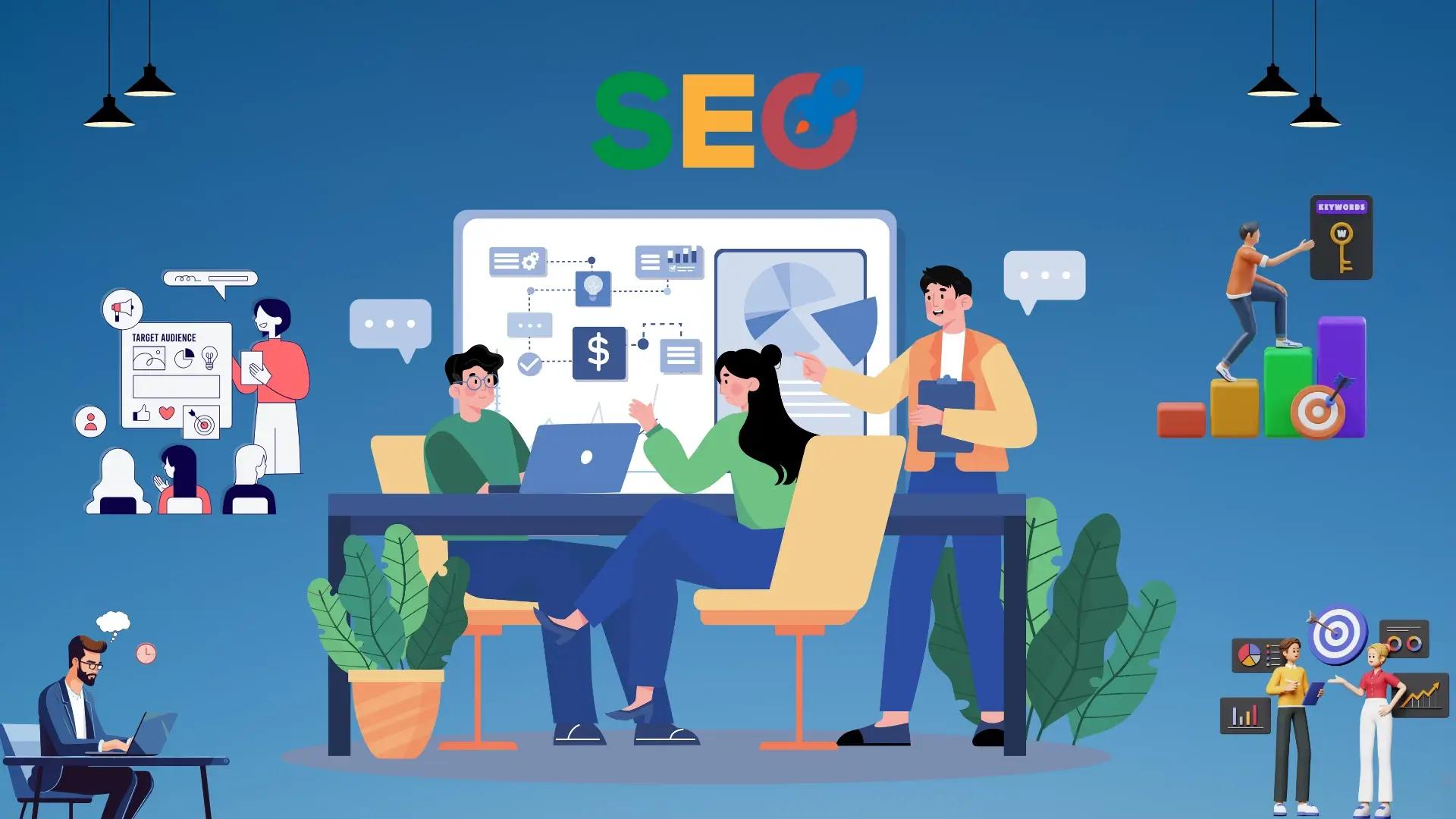
Why Content Strategy is the Foundation of Digital Marketing
Content strategy is the “Why” and “How” that turns tactical execution into long-term market advantage. It’s the blueprint that governs everything you publish.
| The Content Strategy Advantage | Strategic Impact |
|---|---|
| SEO Optimization | Aligns content with high-intent keywords, improving search rankings and organic traffic. |
| Brand Trust & Authority | Ensures consistent messaging, voice, and values—positioning the brand as a reliable expert. |
| Efficient Conversion | Maps content to every stage of the customer journey, preventing wasted effort and guiding prospects to purchase. |
| Audience Connection | Focuses on customer pain points and needs, driving higher engagement and loyalty (e.g., Fevicol’s culturally rooted humor). |
The 7 Essential Steps to Creating a Winning Content Strategy
A strong strategy is built on a structured process. This 7-step framework ensures your content is purposeful, measurable, and aligned with core business goals.
Step 1: Define Clear, Actionable SMART Objectives
Every piece of content must serve a goal. Define specific, measurable goals before creating any content.
| Goal Type | Example Metric |
|---|---|
| Awareness | 25% increase in branded organic traffic by Q4. |
| Engagement | 15% increase in average time-on-page for all pillar content. |
| Conversion | 10% lift in content-assisted sign-ups. |
Step 2: Develop Detailed Buyer Personas
Audience understanding is the core of an effective strategy. Go beyond demographics to understand their motivations, pain points, and preferred channels.
Action: Use customer feedback, sales data, and social listening to identify the exact language your audience uses to describe their needs.
Example: mCaffeine successfully targets millennials by integrating content that aligns with their values: sustainability and natural ingredients.
Step 3: Conduct Comprehensive Keyword and Topic Research
Align your content with what your audience is actively searching for.
Keyword Optimization: Research high-volume, relevant keywords. Strategically place them in titles, headings, and meta descriptions to satisfy search intent. (e.g., Flipkart uses SEO to rank product pages and guides).
Topic Mapping: Identify Pillar Topics and Cluster Topics to build authority, ensuring your content covers a subject in complete, interconnected depth.
Step 4: Map Content to the Customer Journey (The Funnel)
Design content to serve the user’s needs at the exact moment they encounter your brand.
| Stage | Goal | Content Types |
|---|---|---|
| 1. Awareness | Attract and educate | Blog posts, infographics, educational videos |
| 2. Consideration | Build interest and trust | Case studies, comparison guides, whitepapers |
| 3. Conversion | Encourage action | Testimonials, product demos, offers, pricing guides |
| 4. Retention | Drive loyalty | Exclusive content, email nurture sequences, recipe guides |
Step 5: Establish the Content Mix and Distribution Plan
Decide on the format and platform that best communicates your message.
Creation & Format: Choose formats based on goals (e.g., Videos for rapid engagement; Long-Form Blogs for SEO/Authority).
Distribution: Never publish and forget. Utilize a multichannel approach: SEO (Organic), Social Media (Reach), Email (Nurture), and Paid Promotion (Boost).
Step 6: Maintain Consistent Brand Voice and Quality
Consistency builds loyalty. A defined Brand Voice is a non-negotiable component of content strategy.
Voice & Tone: Define your brand’s personality (e.g., professional, witty, empathetic) and ensure it is uniform across all platforms (e.g., Dunzo’s unique, humorous tone).
Quality Control: Content must be well-researched, accurate, and easy to read. Inconsistent or poor-quality content erodes credibility instantly.
Example: Sabyasachi’s brand trust is built on a 25-year history of consistent, high-quality, recognizable aesthetic storytelling.
Step 7: Measure, Analyze, and Iterate
Content strategy is a loop, not a linear process. Use data to measure performance and guide future investment.
Measurement KPIs: Track Engagement (shares, comments), Traffic (organic lift, CTR), and Conversions (sales, sign-ups).
ROI Tracking: Use analytics tools (like Google Analytics) to attribute revenue directly back to the content source. A/B test headlines and formats to optimize performance.
Overcoming Common Content Strategy Challenges
| Challenge | Solution (The Strategic Fix) |
|---|---|
| Creating Engaging Content | Shift from self-promotion to problem-solving: center on audience pain points, use emotional storytelling, and ship varied formats (short video, carousels, checklists). |
| Internal Misalignment | Stand up a shared workflow (e.g., Trello/Asana), standardize briefs, and run weekly cross-functional planning so marketing, product & sales align on goals, owners, and metrics. |
| Ad Fatigue / Burnout | Refresh creative with influencer/creator content for authenticity (e.g., boAt), rotate formats and hooks, and use predictive/attention analytics to trigger new assets before performance decays. |
The Role of AI & Future Trends in Content Strategy
Technology is enhancing strategy, not replacing it. The future belongs to those who integrate smart tools.
AI-Powered Personalization: Use AI to deliver customized content recommendations (product, article, video) based on user behavior, significantly increasing engagement and retention (e.g., Netflix India).
Voice Search Optimization: Shift keyword strategy to natural, conversational language and optimize for direct answers to common questions for use with digital assistants.
Interactive Content: Utilize AR/VR and quizzes to create engaging, memorable experiences that lift interaction and time-on-page.
Final Thoughts: The Content Strategy Mandate
A well-defined content strategy is the single most powerful tool for sustainable growth. It is the roadmap that ensures your resources are never scattered, your messaging is never diluted, and your efforts are always driving measurable ROI.
The market rewards clarity and authority. By implementing this strategic framework, you move beyond simply creating content to intelligently owning your digital footprint.
Ready to translate your strategic content into actual sales? In our next article, we’ll dive into “How Digital Marketers Master Audience Targeting and Engagement,“ focusing on the critical distribution mechanics that ensure content reaches and converts your ideal customer.
Frequently Asked Questions
What is the core difference between Content Strategy and Content Marketing?
Content Strategy is the “Why” and “How”—the high-level blueprint focusing on goals, audience, and content mapping. Content Marketing is the “What” and “When”—the execution involving creation, distribution, and promotion (blogs, videos, social posts).
What are the 7 essential steps to creating a winning Content Strategy?
The 7 steps are: 1) Define SMART Objectives, 2) Develop Detailed Buyer Personas, 3) Conduct Keyword and Topic Research, 4) Map Content to the Customer Journey (Funnel), 5) Establish Content Mix and Distribution Plan, 6) Maintain Consistent Brand Voice and Quality, and 7) Measure, Analyze, and Iterate.
How does content strategy drive better SEO and online visibility?
A strong content strategy improves SEO by prioritizing keyword optimization (aligned to search intent), publishing authority content that earns trust, and enabling link building as others reference and cite your work—lifting overall domain authority.
How can businesses ensure their content aligns with the customer journey?
Design content for each stage: Awareness (educational blogs/infographics), Consideration (case studies/comparison guides), Conversion (demos/testimonials), and Retention (exclusive emails/loyalty programs).








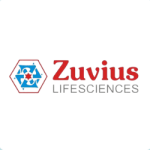

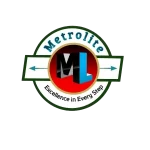


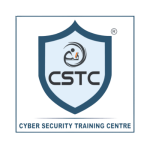

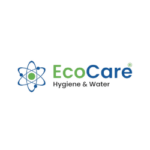

11 Responses
Great information shared.. really enjoyed reading this post thank you author for sharing this post .. appreciated
This was beautiful Admin. Thank you for your reflections.
Hi there to all, for the reason that I am genuinely keen of reading this website’s post to be updated on a regular basis. It carries pleasant stuff.
With almost everything which appears to be developing within this subject material, your opinions tend to be quite radical. However, I am sorry, because I do not subscribe to your whole idea, all be it radical none the less. It seems to everyone that your opinions are generally not completely validated and in reality you are generally your self not completely convinced of the point. In any event I did appreciate reading through it.
Thank you for such a thorough and thoughtful article.
Fantastic post — I shared it with my team and they found it useful.
Thanks for the examples — they made the theory much easier to digest.
Wow! Finally I got a blog from where I be capable
of truly take valuable facts concerning my study and knowledge.
I always used to study article in news papers but now as
I am a user of internet thus from now I am using net for content, thanks to web.
very informative articles or reviews at this time.
This is really interesting, You’re a very skilled blogger. I’ve joined your feed and look forward to seeking more of your magnificent post. Also, I’ve shared your site in my social networks!